It’s no cakewalk ranking cinema’s vampires based on their seductive appeal. And though the history of film is filled with dark, moody vamps stomping in their old-timey mansions, only a few are remembered for their magnetism and allure. It’s not hard making a vampire that’s seductive and bewitching since most screen vampires are empowered with hypnotic abilities.
But how an actor chooses to play a vampire determines a lot for their role, especially in character-driven films that are not based on literary canons. A good example would be Tom Hiddleston’s Adam in the quirky Only Lovers Left Alive. But then again, Gary Oldman makes the role his own in the celebrated Francis Ford Coppola vehicle Bram Stoker’s Dracula which is entirely based on Stoker’s iconic novel. So, here’s a decisive ranking of the most seductive movie vampires.
Nadja (Nadja)
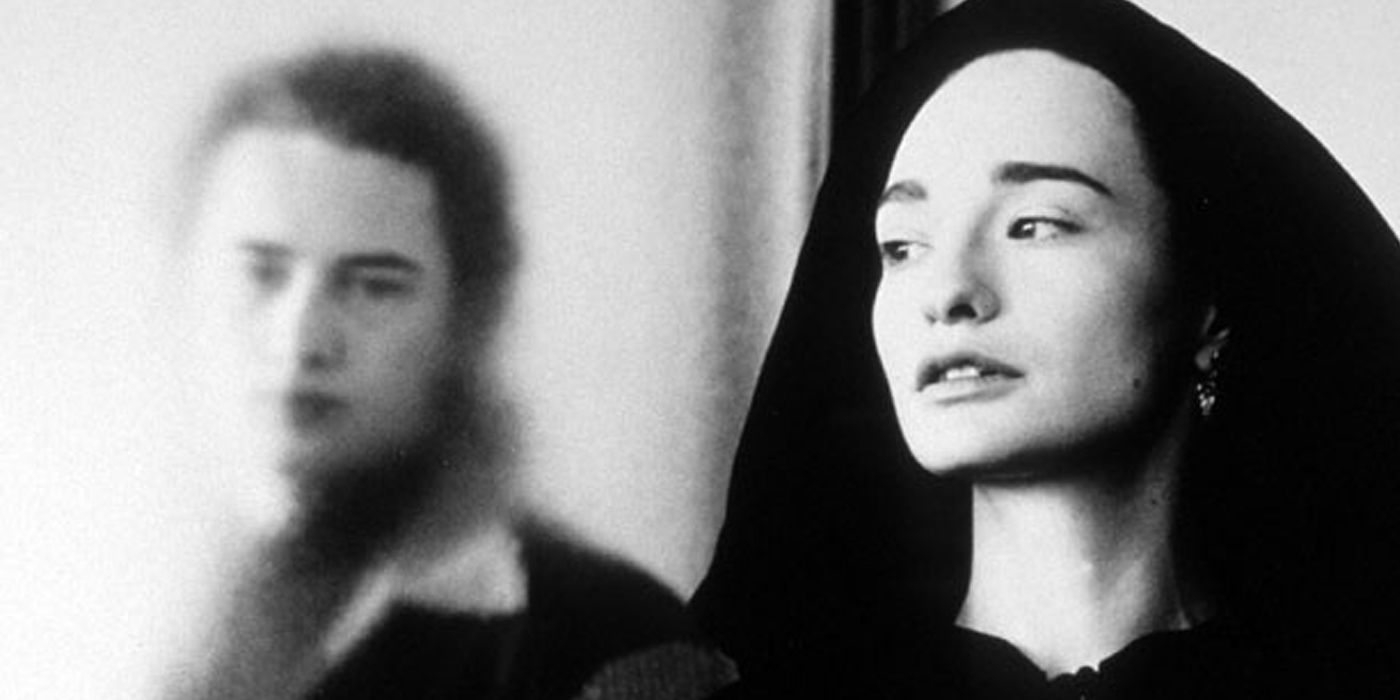
Michael Almereyda’s vampire dark comedy starring Elina Löwensohn and executive produced by David Lynch is greatly underappreciated, despite its cult status. Lowensohn’s interesting, dark portrayal is effortlessly seductive and captivates the viewers. Though it has often been considered as a direct remake of Dracula’s Daughter, this film’s protagonist is a lot more layered and mystifying than any other vampire protagonist in cinema.
Nadja is a modern-day vampire who’s shown exploring nighttime Brooklyn and is also revealed to be quite sinister as the film unravels. Nadja is predatory but not in obvious ways as she doesn’t hunt for blood but for something more significant, so in many ways, she resembles her father, Dracula.
Miriam (The Hunger)
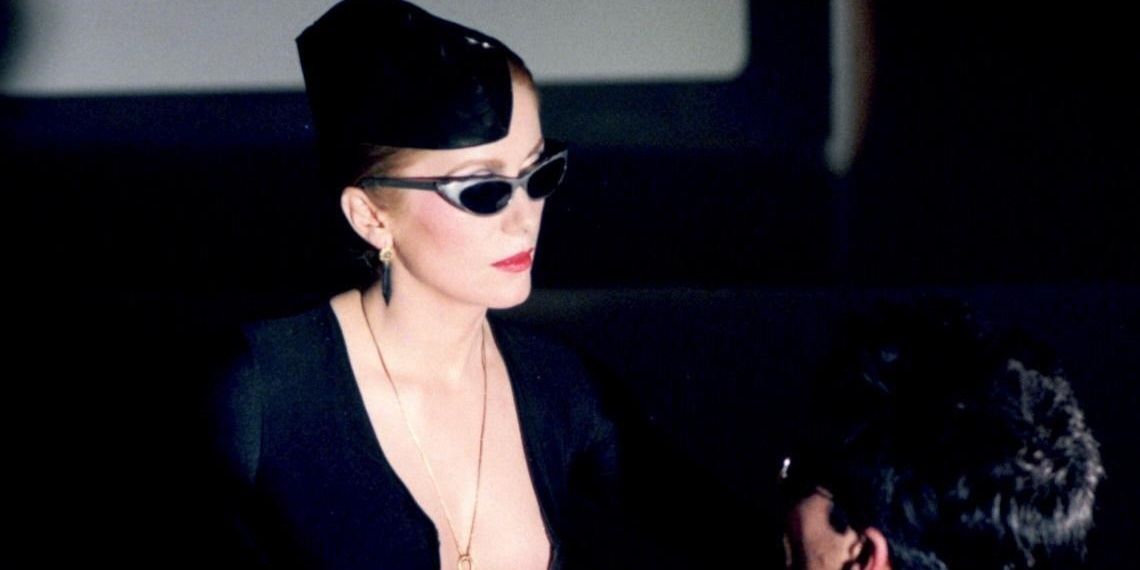
In Tony Scott’s erotic horror outing, French icon Catherine Deneuve plays an ancient vampire who grooms humans to turn them into hybrid consorts. Though the transformation grants them eternal life, it does not give them eternal youth.
Deneuve plays the role of the evasive and hypnotic Miriam rather effervescently, she doesn’t tell her consorts about what awaits them in eternal life and she uses seduction as a tool to satisfy her bloodthirst. But there’s nothing mechanical about it, Miriam is aware of the effect she has on people and she’s also aware of her deceit which makes her appeal really rich and nuanced.
Adam (Only Lovers Left Alive)
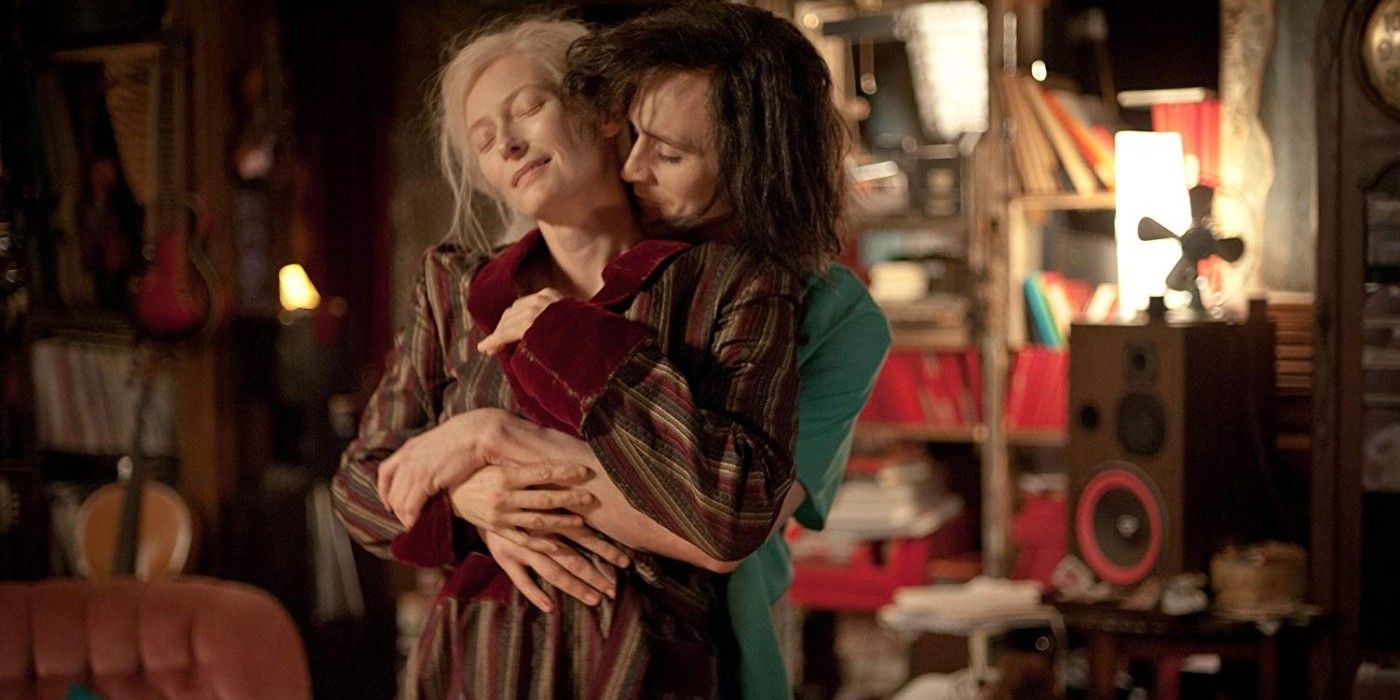
There’s a lot of pathos and existential angst in Adam, Tom Hiddleston’s reclusive vampire; he has been a vampire for centuries and is jaded by his own immortality. He is holed up in a mansion, geographically separated from his vampire wife. He is also a musician who, despite his huge renown, wants to keep a low profile.
He has possibly considered suicide as his wife discovers a gun with a wooden bullet near his bed, but he never really professes that he wants end his life and emotes no sense of grief as such. It’s obvious that Adam enjoys being a vampire, despite his boredom and the only person he pursues or seduces in this film is his own wife Eve.
Akasha (Queen Of The Damned)
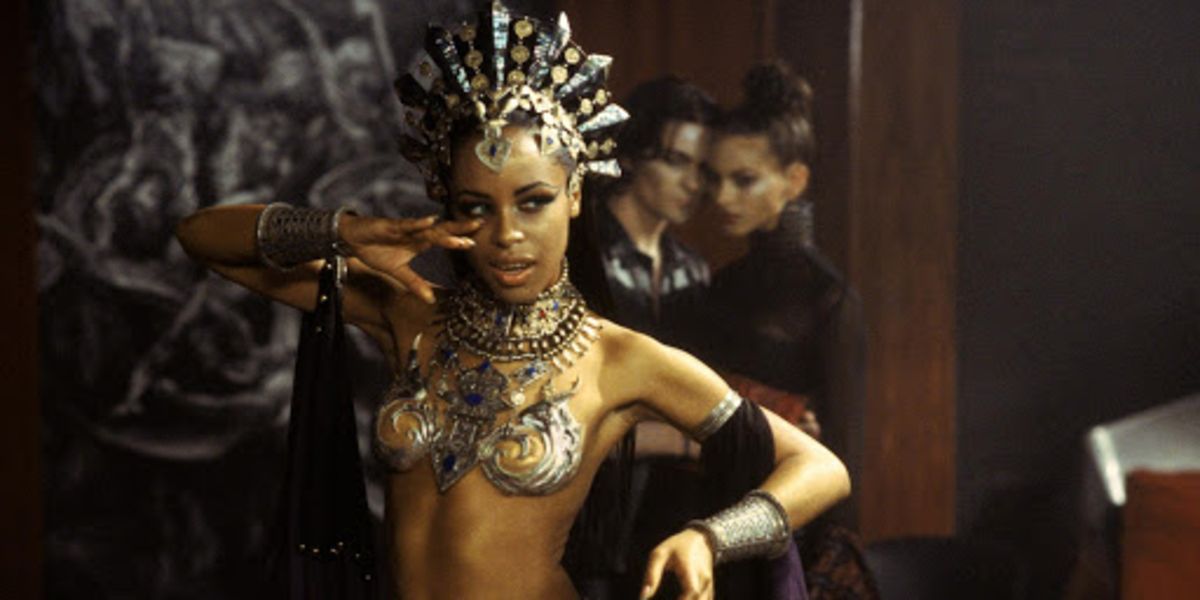
The late icon Aaliyah played the role of Akasha in Queen of the Damned. She was the first vampire ever and was awoken from a long slumber and designs a plan to take over the world. Akasha was a ruler and has been depicted as a kind of dark goddess, who possesses the powers and the knowledge to end the world. Aaliyah was able to effortlessly channel Akasha’s intrigue and intensity.
Akasha is also hunted in the film as the ancient vampires plan to kill him, so her character plays up a lot of elements. Her storyline with vampire Lestat who she wants as her king is steamy and effervescent and in sync with the ethereal tonality of the film.
Dracula/Vlad (Bram Stoker’s Dracula)
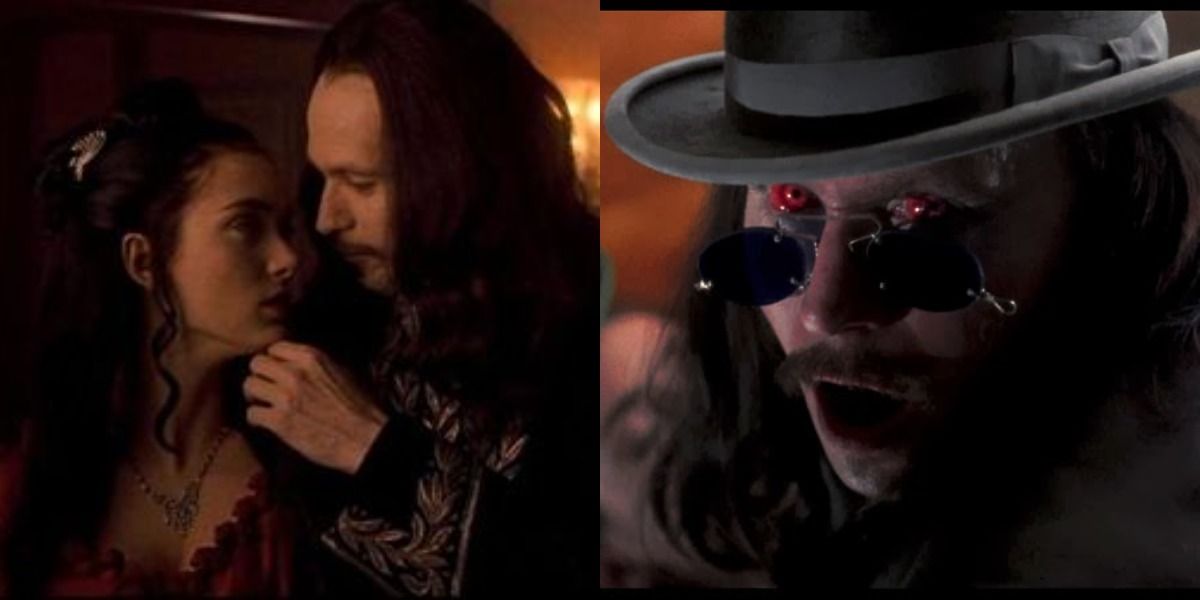
Here’s the thing about Francis Coppola’s character design for Dracula – it’s fail-safe. The wrinkly, pale, terrifying creature with a creepy widow’s peak and robes may not be the epitome of sensuality but here’s exactly where Dracula’s re-invigorated, man-about-town form comes into play.
Coppola is perhaps the only filmmaker who solved the problem of balancing Dracula’s unparalleled seductiveness with the horror of his being, and he did it by creating two Draculas, in theory at least. The 19th century version of the Impaler is a charismatic traveler who charms Mina Murray but his storyline is so well divvied up between the two forms, it makes for a sensual, dark and haunting anti-hero.
Countess Elizabeth (Daughters Of Darkness)
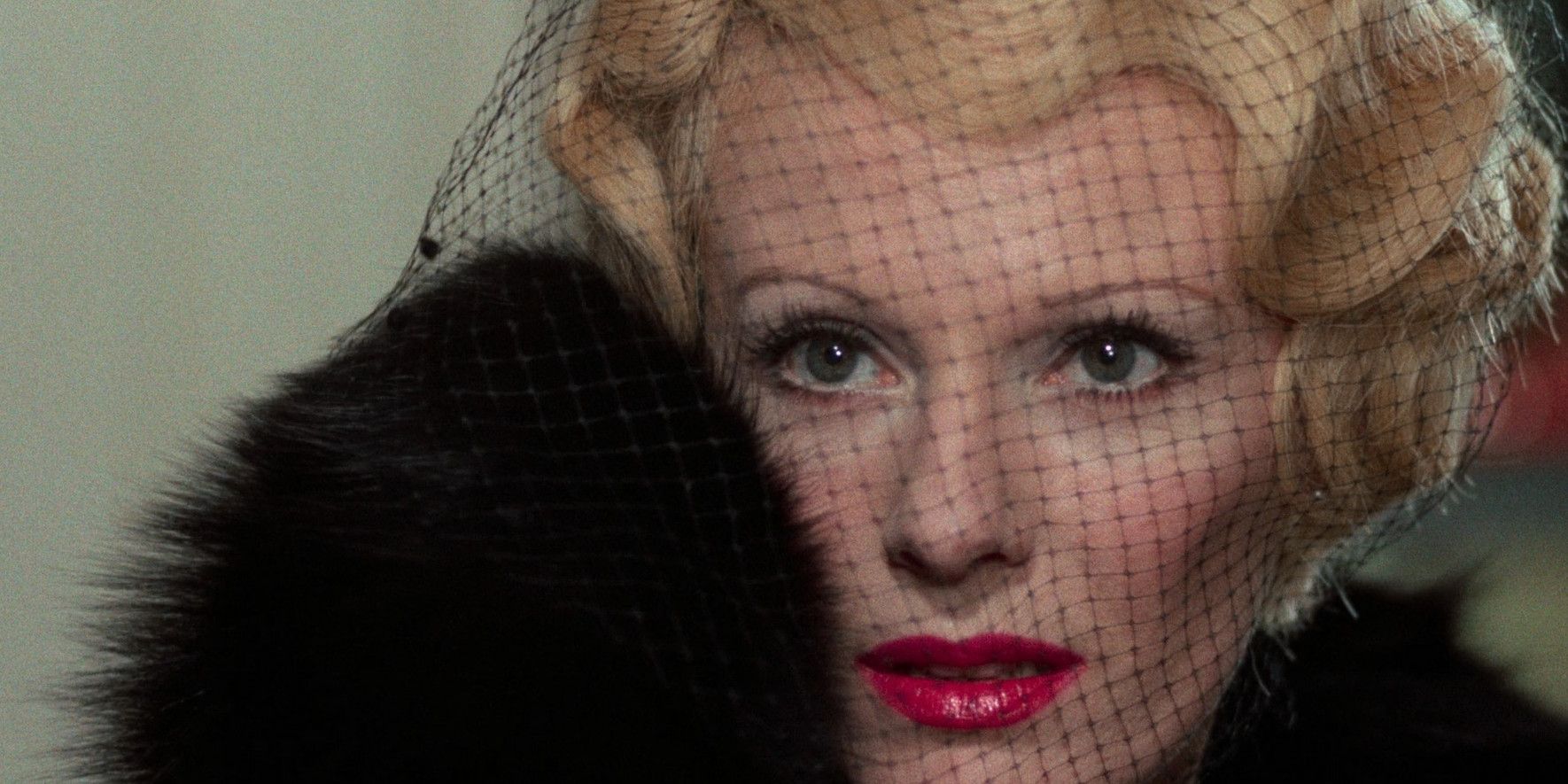
The Countess’ primarily role in the film was to seduce young virgins and at that she’s obviously adept. But French actor Delphine Seyrig’s character wasn’t designed to be a female counterpart to Count Dracula and had very different motivations; her character is a lot more Zen and her bloodlust has been depicted very differently.
The Countess of Bathory is mysterious and almost hypnotic, but she’s self-aware and is also humane in a few key aspects, elevating femme predator trope to make it a lot more interesting.
Jerry (Fright Night)
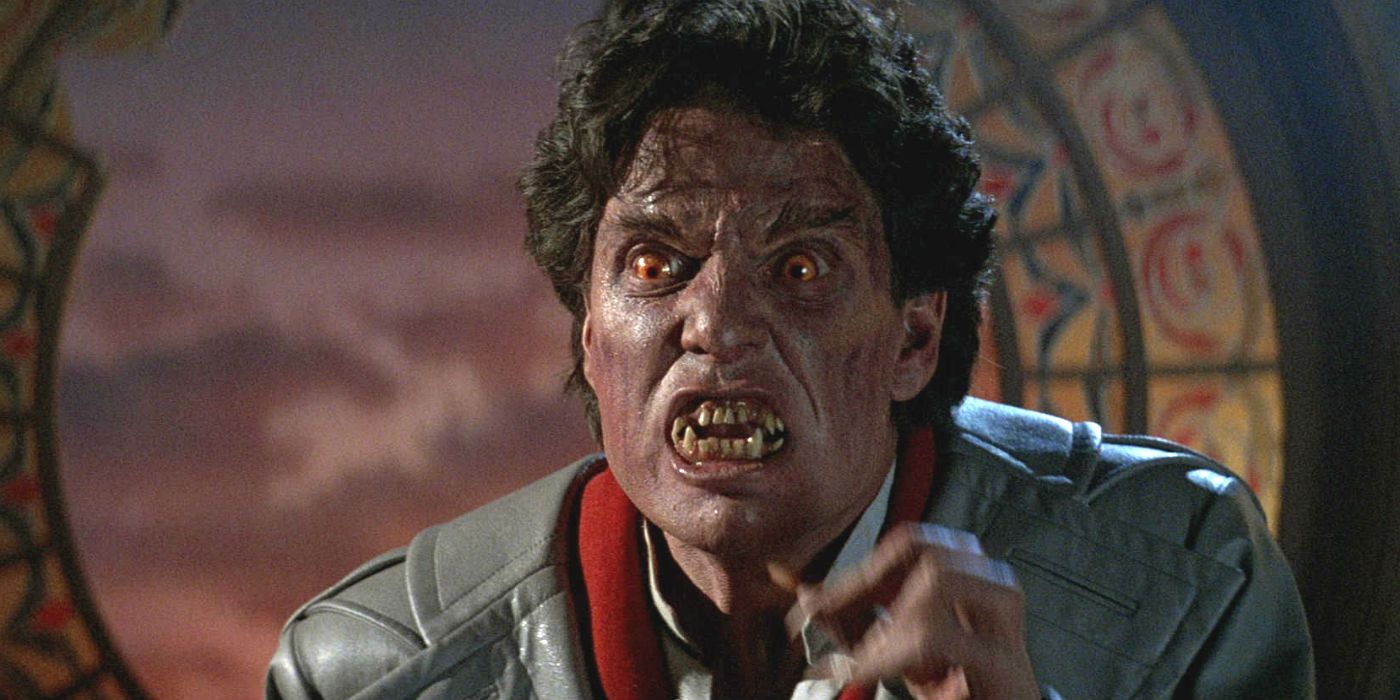
Colin Farrell plays a playboy vampire named Jerry who’s mysterious and sleek. Interestingly, Farrell plays it rather unpredictably, shifting between harmless and threatening in a matter of seconds. The film is actually about Jerry’s neighbor Charley who suspects Jerry is a neighbor, so in the few scenes in which Farrell does appear he makes it count with his moody and somewhat shifty body language.
Jerry is shown seducing girls at after-hours spaces and bringing them back to his lair or house, which is in a suburban community so he has to be super careful about his neighbors, so his nightclub hopping vampire doubles down on predatory instincts.
Clara (Byzantium)
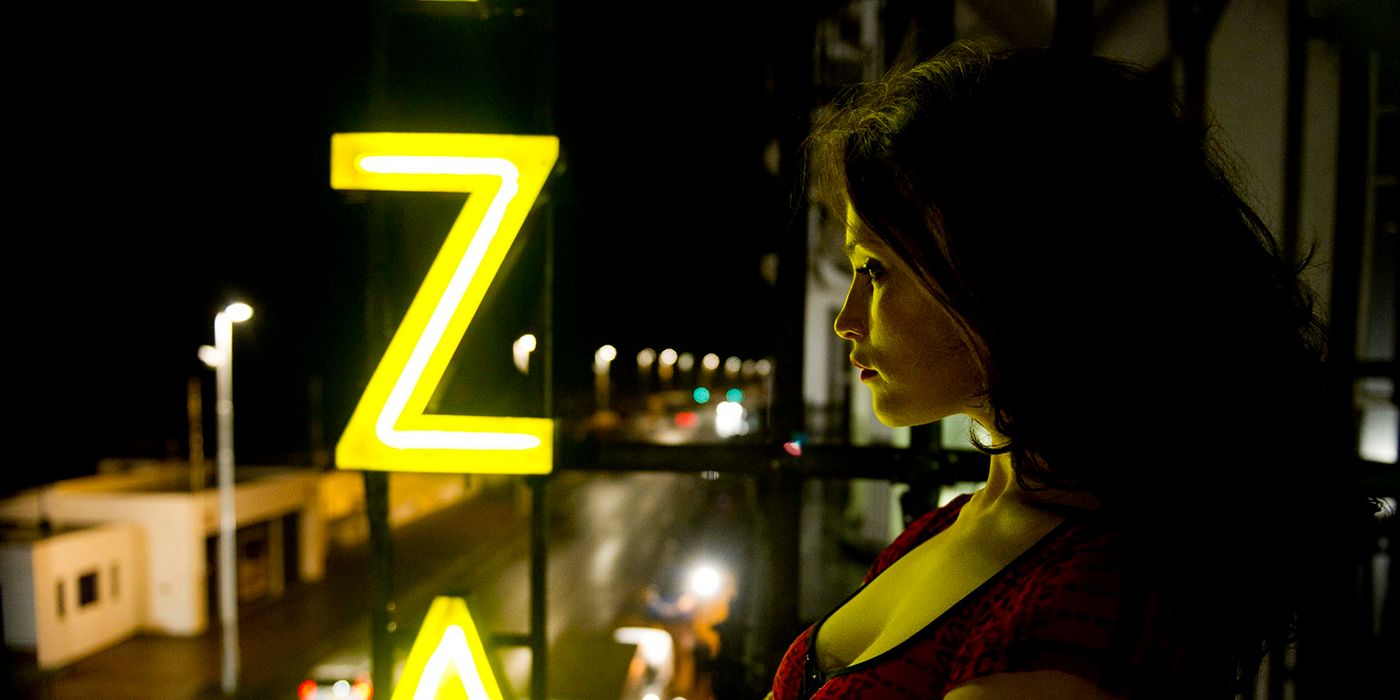
This Neil Jordan film doesn’t get enough credit for its noir-esque aesthetic which introduces new possibilities to the vampire thriller genre. Gemma Arterton plays Clara, a vampire sex worker who along with her daughter, is on the run from a vampire coven called The Brethren who want to hunt and destroy the duo.
Clara’s appeal in the film goes beyond her sense of allure or her seduction skills because she’s an ancient vampire who uses her profession as a tool to survive; she’s also a master planner, a protector, a mother, and a predator, which makes her character design so rich and layered.
Dracula/Judas (Dracula 2000)
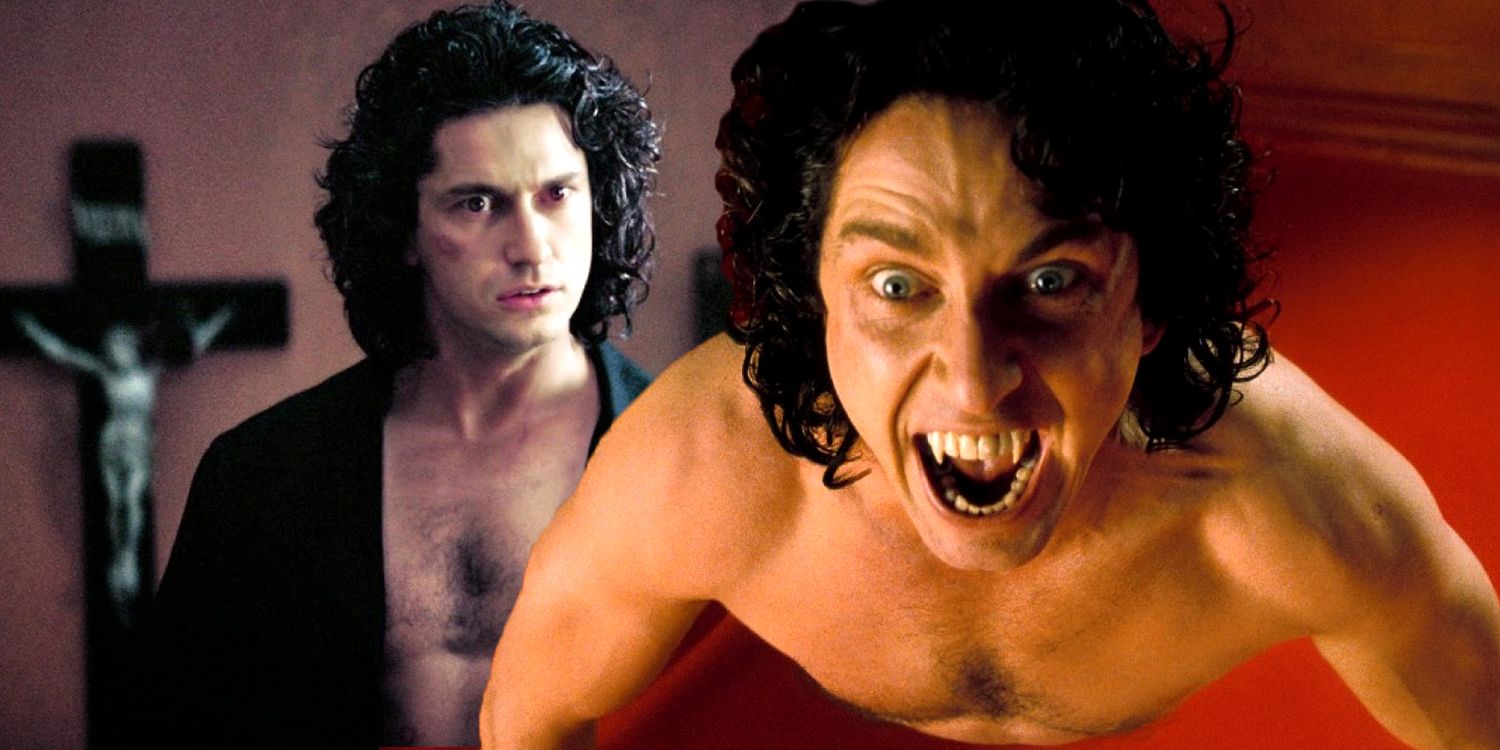
Wes Craven’s approach to Dracula had quite a few flaws but the biggest would be his biblical positioning of Dracula as Judas Iscariot, which messed with the character design and also the broader narrative. Gerard Butler’s Dracula failed to leave a mark as an anti-hero because of a faulty character arc. His romantic pursuits also came across as unconvincing though Mary and Dracula’s telepathic link had a good premise.
Nevertheless, Butler’s vampire-on-a-quest role was daunting and seductive; his range alone saved his character from falling victim to the lazy screenwriting and it helped that Dracula’s romance wasn’t the main storyline of this film which gave Butler’s Dracula a lot of room to switch gears.
Dracula (Dracula Untold)
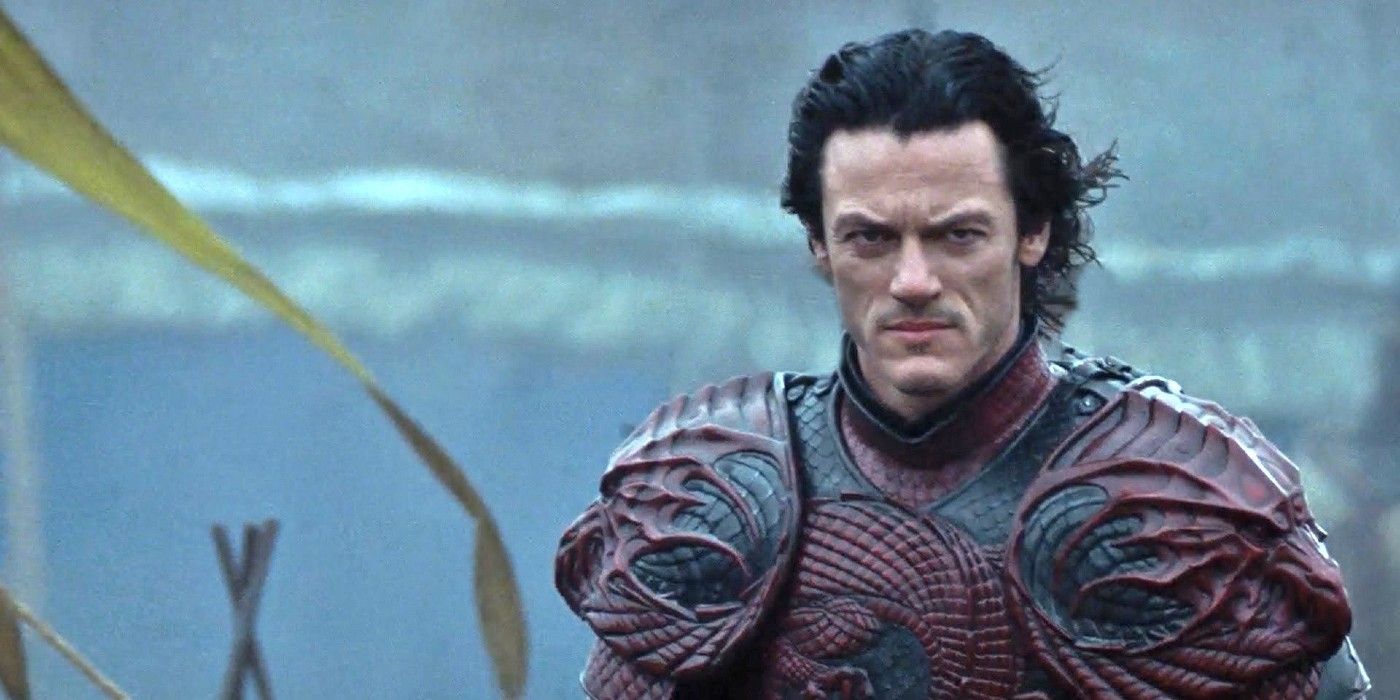
Gary Shore solely focuses on Dracula’s warrior origins which many claimed was a waste of the canon’s potential, considering how rich Dracula’s broader narrative is. Though Dracula’s romance gets very little attention in this film, it anchors his arc really well.
Evans somehow manages to convincingly portray a soldier and a ruler who also has to assume the mantle of protector, not just for his family but also his kingdom. The militarized version helps carry the character towards a different unexplored direction and actually offers a look into his origins as a warrior.




